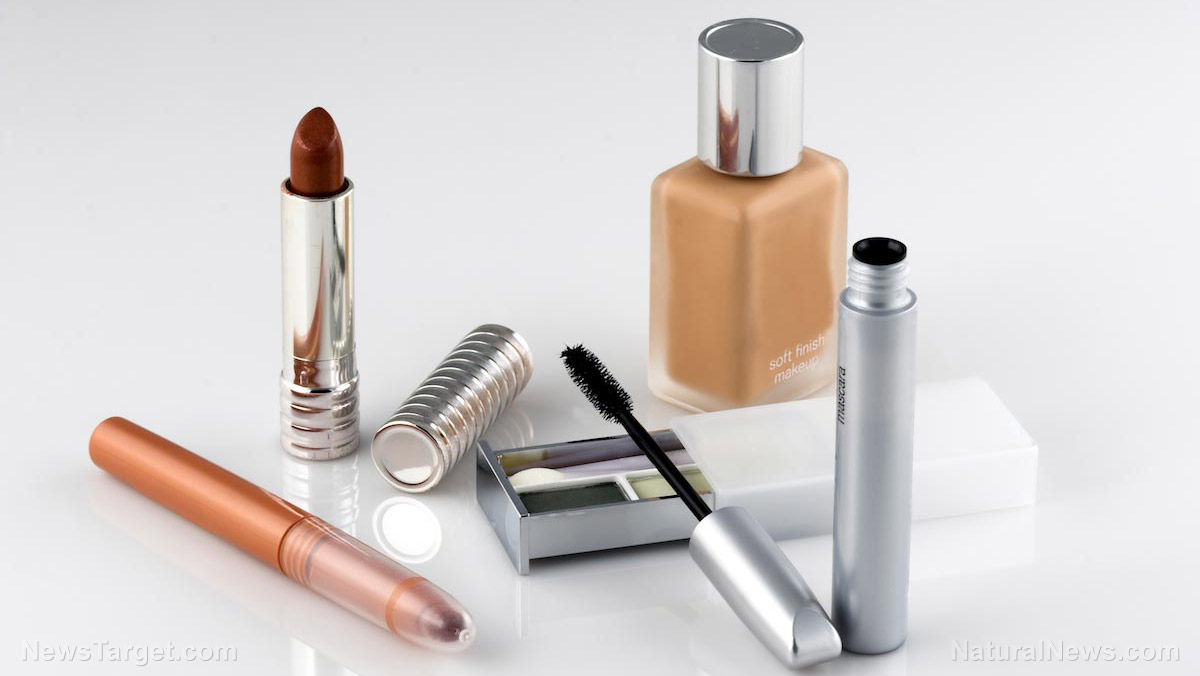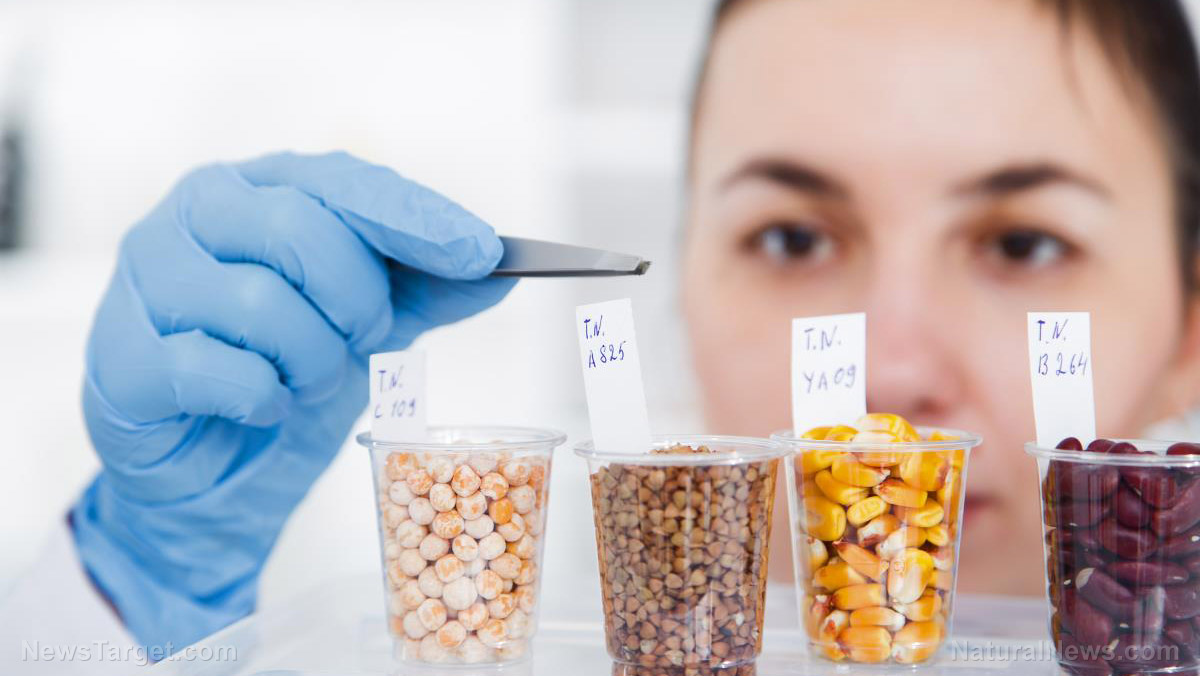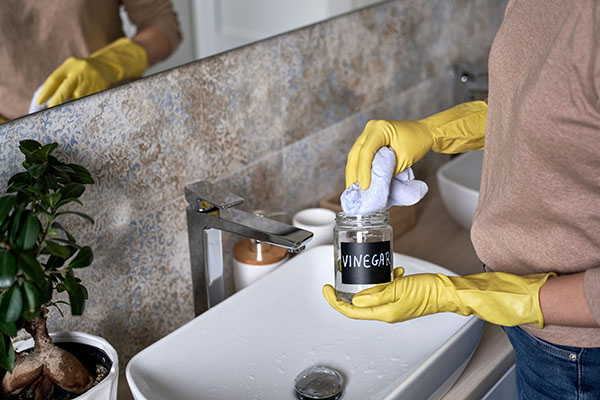Study finds that FRAGRANCES used in personal care products are loaded with cancer-causing, diabetes-promoting chemical that targets WHITE women with degenerative disease
02/13/2023 / By Ethan Huff

A common endocrine-disrupting chemical (EDC) used in personal care products like soap and shampoo substantially increases a woman’s risk of developing a metabolic disease like diabetes – especially if she is white – a new study has found.
Published in the Journal of Clinical Endocrinology & Metabolism, the paper explains how phthalates, a class of chemical used to improve the durability of plastics and make fragrance chemicals last longer on the skin, increases a woman’s risk of diabetes by anywhere from 30 to 63 percent, depending on the concentration in her urine.
Because they mimic the activity of estrogen in the body, phthalates are linked to all sorts of health conditions, including breast and ovarian cancer and early menopause. Exposure to phthalates at persistent and ever-accumulating levels is also linked to diabetes, we now know.
“Our research found phthalates may contribute to a higher incidence of diabetes in women, especially white women, over a six-year period,” said Sung Kyun Park, ScD, MPH, in a media release.
“People are exposed to phthalates daily increasing their risk of several metabolic diseases. It’s important that we address EDCs now as they are harmful to human health.”
(Related: Check out our earlier coverage about the many other toxic chemicals found in household products that could be making you and your family fat and sick.)
Avoid plastics and conventional personal care products to limit your exposure to phthalates
A key section of the study specifically outlines how white women participants are especially harmed by high concentrations of mono-isobutyl phthalate (MiBP), monobenzyl phthalate, mono-carboxyoctyl phthalate, mono-carboxyisononyl phthalate (MCNP), and mono(3-carboxypropyl) phthalate.
“In contrast, phthalates were not associated with diabetes incidence in Black or Asian women,” the study further clarifies.
For whatever reason, white women are harmed the most by phthalates, developing not just diabetes as a result of exposure to them but also obesity, fertility issues, and many other health conditions.
Based on the study’s findings, one in 20 women will develop type 2 diabetes – especially if they are white. And phthalate exposure is a leading cause of it as they are hiding in all sorts of consumer products, unseen by the naked eye.
“Our research is a step in the right direction towards better understanding phthalates’ effect on metabolic diseases, but further investigation is needed,” Park further added.
One strategy for avoiding phthalates is to limit your exposure to plastics, whether they be plastic water bottles, vinyl floorboards, or even polyester clothing. Plastic products almost always contain phthalates, as do most conventional personal care products made with petroleum-based ingredients.
Products like nail polish, some feminine hygiene products like tampons, solvents, and fixatives are also common sources of phthalates. The same goes for polyvinyl chloride (PVC) plastic products like food packaging and clothing.
“Overall, our study has added some evidence to support the potential diabetogenic effects of phthalates, but it also highlights that much is still unknown about the metabolic effects of these chemicals,” the group behind the study added in a statement.
“The apparent racial / ethnic differences in the associations between phthalates and incident diabetes should be investigated in future studies.”
For future studies, the team would also like to see more younger participants to “help us understand the effects of phthalates on different stages of the diabetogenic process, including whether body fat gain is an important mediator.”
“Given widespread exposure to phthalates and the enormous costs of diabetes to individuals and societies, ongoing investments in the research on phthalates’ metabolic effects are warranted,” they concluded.
The latest news about the chemical toxins hiding in your personal care products can be found at ChemicalViolence.com.
Sources for this article include:
Submit a correction >>
Tagged Under:
antiwhite, chemicals, diabetes, disease causes, phthalates, Plastic, toxins, white, women, women's health
This article may contain statements that reflect the opinion of the author
RECENT NEWS & ARTICLES
COPYRIGHT © 2017 INGREDIENTS NEWS





















